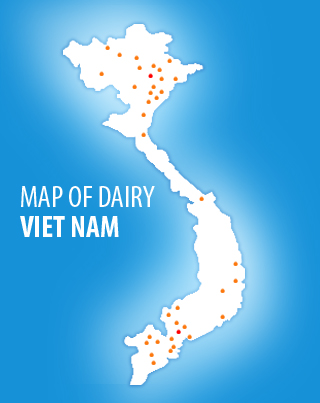News
Minnesota Lost More Than 50 Dairy Farms in November

Lucas Sjostrom, the executive director of Minnesota Milk Producers Association, shares these numbers can easily be shifted but adds that this number reflecting a monthly decline in dairy permits has not happened since 2007.
Sjostrom says record high beef prices and uncertain milk futures are a big culprit to these figures.
“It’s a very worrisome number telling me that we’re seeing a higher exit rate than normal this late 2023,” he says. “However, it shouldn’t be seen as 50 plus truly ‘lost’ herds. The truth is less than that, but a good indication of what dairy farmers think about the future.”
Phil Plourd, president of Ever.Ag Insights, highlights that last year was a challenging year for dairy producers.
“Last year was a rough year for dairy producers, with DMC calculations likely showing an annual average margin of less than $7 per hundredweight and dropping to the lowest level since 2012. And, given higher non-feed costs and lower milk pay relative to published prices, the reality on the farm was almost certainly worse,” he says. “Risk management programs such as DMC and DRP helped a lot of producers, but for most, it was a struggle.”
Plourd says the challenge now is that cheese prices finished the year on a real down note, and Class III prices for early 2024 aren’t going to be good, adding pressure.
In total, Minnesota ended 2023 with 146 fewer dairy farm permits than the state did at the beginning of the year, according to the Minnesota Department of Agriculture. The big-ticket question is with dairy’s razor-thin financial margins, how many more dairies will exit in the year ahead?





















